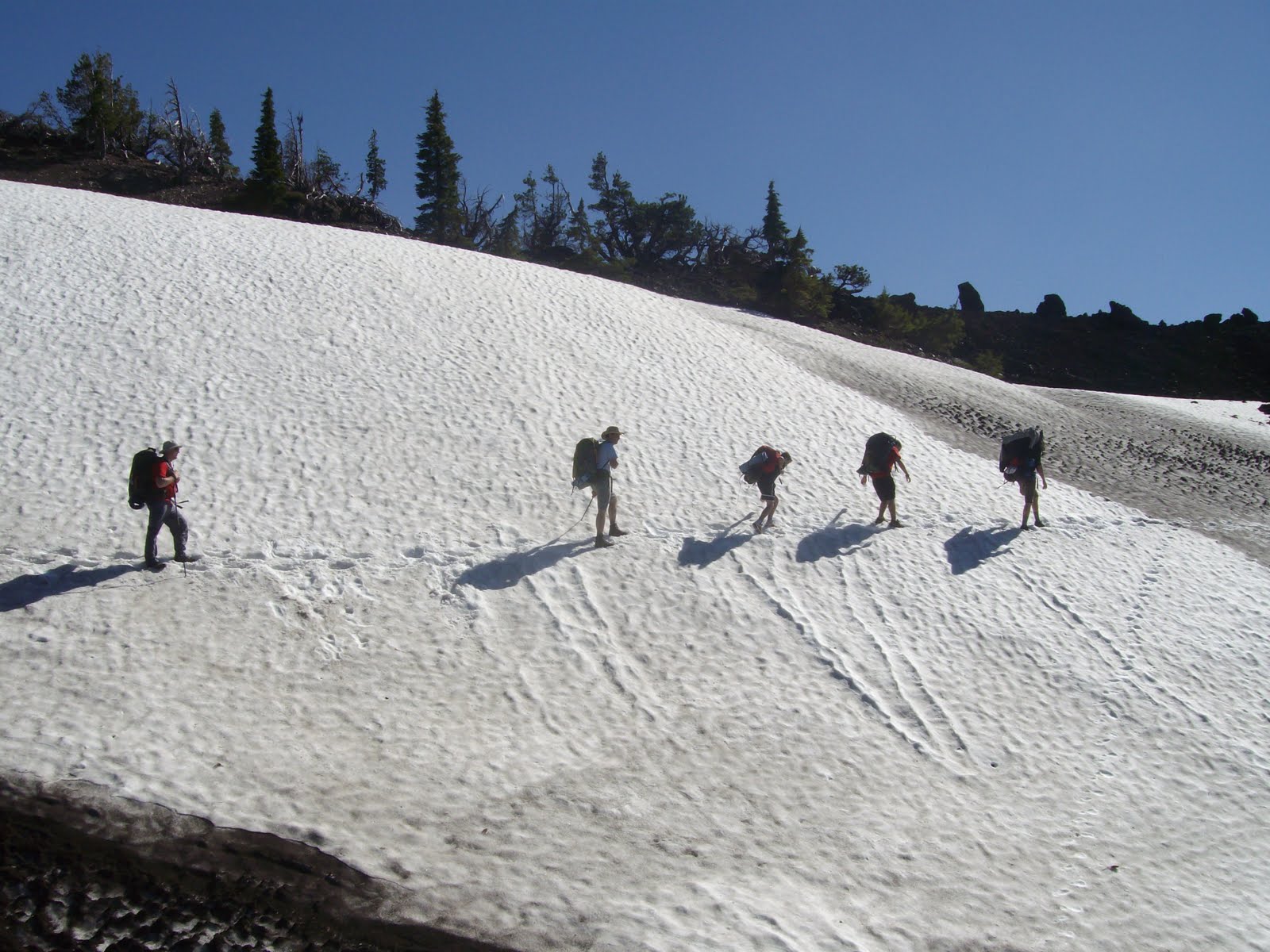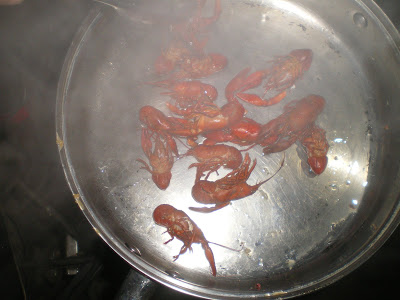The classic improved clinch knot goes head to head with the jansik knot. Which should you choose on your next fishing trip?
Knot wars
I found this great set of videos comparing knots. Here are a couple classic fishing knots compared. The improved clinch knot and the figure 8 knot.
Trail review: Three Sisters Wilderness
A few years ago I had the chance to lead a group of Scouts on a 50 mile hike through the Three Sisters Wilderness area in Central Oregon. This hike offers an incredible variety of terrain and truly breathtaking scenery. The main attractions are North Sister, Middle Sister and South Sister. But Mt. Bachelor, Broken Top, Mt. Washington and Three Fingered Jack are all visible along the trek. All these peaks are extinct or dormant volcanos which makes the trip interesting for anyone interested in geology. We found football sized chucks of obsidian at one point near the trail.
We started out on the Pacific Crest Trail near Dee Wright Observatory on highway 242. The first stretch is over barren volcanic rock as far as the eye can see. After a few miles you get into trees with a few beautiful lakes along the trail. The trail goes around cinder cones as it climbs up and around the Three Sisters.
The year we went was a very late winter. We ended up hiking a day and a half through snow, navigating by map and compass to stay on course. It was exhausting but incredibly beautiful. We met another group of hikers in a little flat area. They make the trip every year around that same time and had never seen that much snow before. The area that was still under 2-3 feet of snow usually featured a grassy meadow and wildflowers fed by a small spring.
We made our way down out of the snow and wound around South Sister, past the cow pie (a giant lava flow coming off South Sister. You’ll know why it’s called that when you see it,) and ended up at Elk Lake. We hit a couple other lakes in the area which provided a substantial craw daddy dinner on evening. Delicious!
I would highly recommend this stretch of trail. Although it would have been easier later in the year when the snow was melted (we went in the middle of July) it was absolutely beautiful with the snow. If you do go in the snow, make sure you know how to navigate! Also a spot doesn’t hurt (http://www.findmespot.com/en/). We certainly had one for the trip.
Let me know if you’ve hiked the area, or have any other suggestions in the area.
tips for teaching knot tying
I've been teaching knot tying for years. As a Boy Scout you have to pass off certain knots to make rank advancements. Right off the bat I took a liking to knot tying and learned all the required knots and more. As a proactive knot learner I was the default assistant to the scout master in helping the other scouts. Since then I've been teaching as a scout master myself, and as a father. Here are a few of the things I've learned in the process.
#1 Start simple.
Tying knots is easy for some people and not so easy for others. Because of their three dimensional nature, they can really mess with your head (this is also why it's good to learn knots. It's excellent for the old noodle). Start with simple knots to build confidence. If you dive straight into advanced knots it's going to be frustrating and discouraging.
#2 Practice makes permanent.
It's not enough to tie a knot right one time. Once the person you are teaching ties it right, have them do it again. And again, and again. Then come back to it in an half hour to tie it a few more times. Then the next day. Then in a week. I still like to review knots every now and then to stay fresh.
We developed a kit to help make practice more convenient. It starts with our Know Your Knots bandana which includes the to 16 knots for general outdoor use. That's paired with a set of 5' quality climbing ropes to practice with. They come in two different colors to help you see each part of the knot more clearly. These ropes are a pleasure to tie with and help relieve some of the frustration of learning knot tying. You can get your kit here.
#3 Make it fun.
When my youngest son was 4 we started playing the "untie that knot" game. I would take a 6' length of climbing rope (we have many floating around the house for just such a purpose) and tie the gnarliest rats nest I could. Then we would time him to see how long it took him to untie it. He loves the game. It may not be knot tying, but it's helpful in learning how knots work. It's also less stressful since it doesn't require him to create anything specific.
#4 Make it relevant.
It's always easier to learn if you understand the context. I hated math until I got to geometry where you can see what it is you are trying to achieve. Then I only sort of hated it. When you are teaching knots it helps to teach why it's important to know them. I once has a scout tell me that the only knot he thought he would ever need to know was how to tie his shoes (pretty much the same way I felt about math in high school). But as an adult I have used knots and algebra, and I'm glad I know both. My dad (also a scout master) developed a knot relay to help put knots into context. He's been kind enough to let me share that here.















